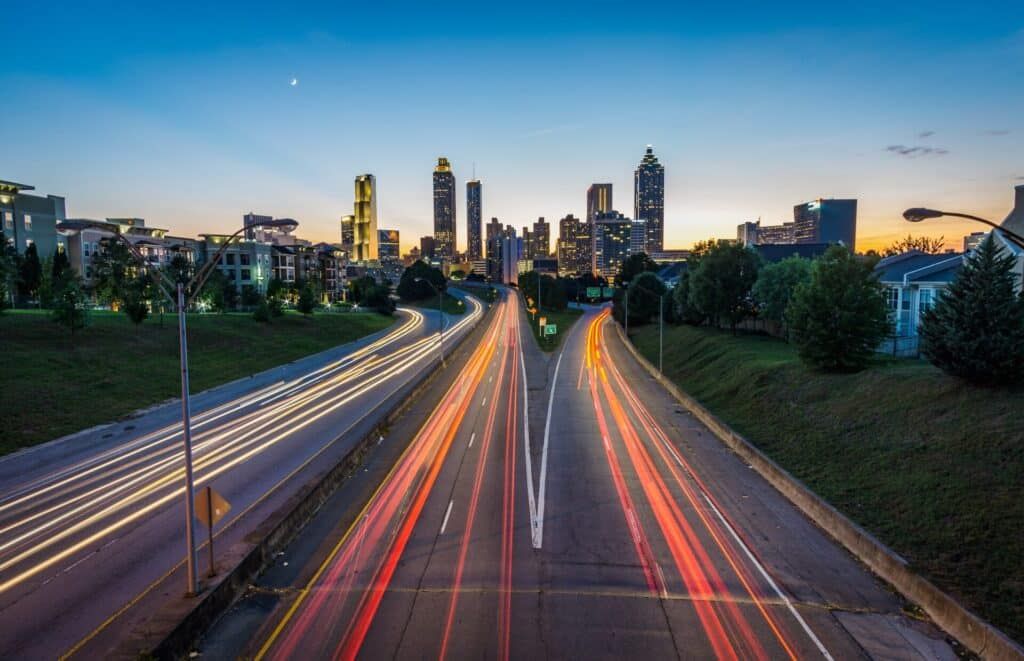How millions of electric vehicles can help—not hurt—the grid
By Eilyan Bitar | April 14, 2023
 Photo by Joey Kyber on Unsplash
Photo by Joey Kyber on Unsplash
This week, the Biden Administration and the Environmental Protection Agency unveiled groundbreaking climate regulations aimed at clamping down on tailpipe emissions in the US transportation sector. The proposed rules will effectively force automakers to ensure that 67 percent of new passenger cars and 25 percent of new heavy-duty trucks sold in the United States are zero-emission, or all-electric, by 2032.
This dramatic shift in the transportation sector presents an opportunity. Cars don’t have to just be cars anymore—they could actually be used to strengthen and enhance the nation’s energy infrastructure. But making this a reality within the next decade will require careful planning in how—where and when—drivers charge their electric vehicles.
If left unmanaged, electric vehicles will strain the grid, creating new challenges for utilities and grid operators already struggling to maintain a reliable supply of electricity in the face of unprecedented weather extremes and aging infrastructure. The increased demand for electricity driven by millions of electric vehicles all charging at the same time, particularly during evening peak load hours, could exceed the grid’s capacity, resulting in more frequent power outages and requiring the construction of new power plants and upgrades to transmission and distribution infrastructure.
That’s the bad news. The good news is that some of these costly upgrades to grid infrastructure can be avoided if we simply manage how electric vehicles charge.
Most cars are parked 95 percent of the day. Because of the long stretches of time that cars spend parked between trips, car owners generally don’t need their cars to start charging immediately after plugging in at home or at work, so long as they’re fully charged by the time they expect to leave for their next trip.
To make use of this flexibility, some utilities have begun to offer their customers monetary incentives in exchange for the right to choose when their car charges. In these smart charging programs, customers can indicate when they need their cars charged by and an optimization algorithm determines how to reshape their charging profiles to avoid spikes in aggregate electricity demand, while guaranteeing that everyone’s car is charged in time for its next trip. Customers benefit by paying less for their electricity, and the utility ensures that electric vehicles do not overwhelm its capacity to reliably meet demand.
The ability to harness the underlying flexibility in the batteries onboard electric vehicles also has significant long-term advantages for the decarbonization of both the transportation and electric power sectors. A primary obstacle to integrating large amounts of wind and solar energy into the grid is their intermittent power production: Wind comes and goes, and the sun only shines in the daytime. Using bidirectional charging, millions of electric cars can be controlled to buffer that intermittency by acting in concert as one massive battery—storing renewable energy when there’s a surplus and injecting some of that energy back into the grid if there’s a shortfall in wind or solar power later. This creates a virtuous cycle, in which electric cars help to integrate renewables by smoothing out their variable power, and renewables provide electric vehicles with cleaner energy.
To help make this a reality, our research team at Cornell University is experimenting with novel incentive mechanisms and algorithms to enable the coordination and real-time control of millions of electric vehicles simultaneously charging on the power grid. Based on a recent pilot study that we carried out in collaboration with utility company New York State Electric and Gas, we found customers were frequently willing to engage in optimized charging sessions, allowing a smart charging system to delay the completion of their charging requests by more than eight hours on average.
We found the smart charging system was highly effective in shifting most charging loads to off-peak hours. Customer opt-in rates remained stable over the 17-month span of the pilot, providing empirical evidence in support of the proposed coordination mechanism as a cost-effective solution to help meet the increased demand for electricity driven by the growing adoption of electric vehicles.
Cars and trucks have always been an important symbol of personal independence and freedom, and to reframe them as a part of a whole will require a significant effort of reimagination on the part of American drivers. But John Donne wrote no man is an island—well, in the future, no car will be an island either. Cars will be part of a network of batteries and computers working together to optimize the nation’s energy distribution system. Personal vehicles will no longer be just for personal transportation, but also serve as valuable energy storage assets that can be aggregated and dispatched to provide energy and reliability services to the grid, making it easier to incorporate intermittent wind and solar energy resources.
Together, we make the world safer.
The Bulletin elevates expert voices above the noise. But as an independent nonprofit organization, our operations depend on the support of readers like you. Help us continue to deliver quality journalism that holds leaders accountable. Your support of our work at any level is important. In return, we promise our coverage will be understandable, influential, vigilant, solution-oriented, and fair-minded. Together we can make a difference.
Keywords: clean energy transition, electric cars, electrical grid, electricity distribution, renewable energy, smart grid
Topics: Climate Change















Energy, information, computation, finance, and mobility will continue to fuse. We will one day look back on the ability to get in your own vehicle and anonymously transport yourself thousands of miles as a radical lost liberty.
…where would our dormant cars be plugged in, waiting for our off peak optimized electroshock therapy, if we live in #NYC West Village and park on the street? Is there wifi charging??? Do I bring my car battery up to my home?? How do we move to practicality for those w boots on the ground? I understand the sharing of stored energy between networks of vehicles. But where do I hook up ???
My admittedly incomplete understanding of the battery in my EV is that it has a finite lifespan, perhaps even a limited number of discharge/recharge cycles. I accept that while I drive it, and I happily take part in my utility’s lower pricing for off-hours recharging. If I plugged it in parked it for a year while the utility used the power for the grid, however, what would be my compensation for the reduction in life of the battery?